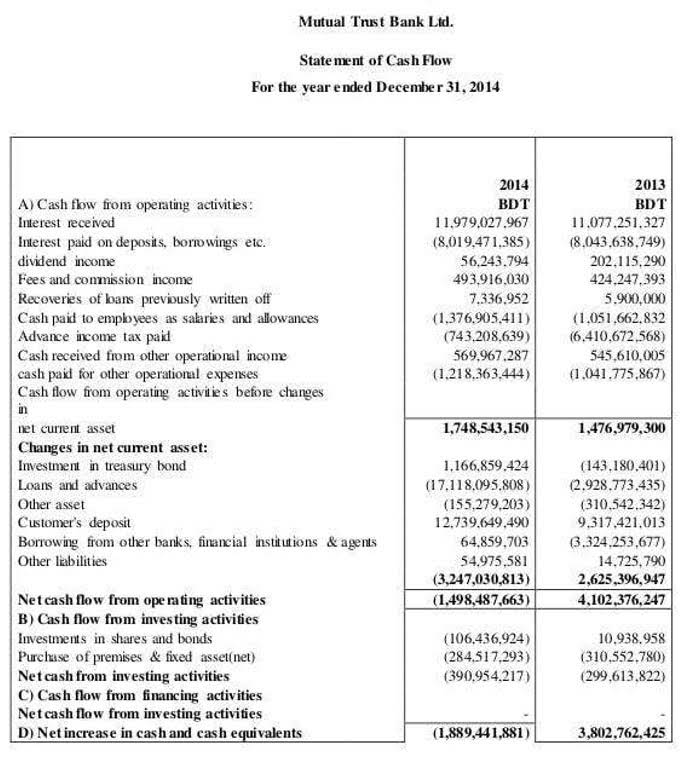
Standardizing the RtR process eliminates manual tasks and enhances efficiency and minimizes errors. When operations are streamlined, finance teams get time to focus on value-add tasks like strategic planning and financial analysis. Strategy – The efficacy of strategic planning and management decisions depends on the correctness of financial and accounting reports on historical patterns, future trends, and projections. R2R processes enable effective strategising and decision-making through accurate financial and accounting data collection and processing.
Implement automation

Finance teams and other stakeholders need to collaborate for smooth execution of processes. Lack of collaboration between the finance team and stakeholders can lead to misunderstandings and inordinate delays. Clear communication channels and documenting process guidelines ensures that everyone is aligned and moving in the same direction. Osfin helps finance teams replace fragmented workflows with a unified, intelligent R2R system. Once the data’s been verified, reporting tools help create compliance reports and performance dashboards that drive smarter decisions. Since each phase is dependent on the accuracy and timeliness of the prior, bottlenecks or errors at any stage can delay the entire close and reporting cycle.
- An accurate financial reporting process provides stakeholders with a clear understanding of the company’s financial health.
- These technologies are capable of processing large volumes of financial data and provide insights for effective decision making.
- The integration of P2P, R2R, and Q2C systems is not merely a technical exercise; it’s a strategic imperative that enables businesses to leverage credible data for informed decision-making.
- Understanding the settings of a General Ledger Account is as fundamental as knowing appropriate word counts for your essays.
- The record to report process provides strategic, financial, and operational feedback on the performance of the organization to inform management and other stakeholders.
Reconciliation
The ultimate goal of the R2R process is to provide valuable insights that drive strategic decision-making. Accurate financial reports enable organizations to make informed decisions, plan strategically, manage risks and optimize financial performance. A streamlined closing cycle, facilitated by robust accounting processes and ERP systems, helps in meeting regulatory compliance and ensuring that financial statements are prepared promptly and accurately.
- Being proactive in R2R transformation can have immense benefits for your financial reconciliations and operations.
- Automation and standardization within the R2R process reduce the time and effort required for financial reporting, leading to cost efficiency.
- Your finance team can also collaborate in real-time and ensure data availability across dispersed teams.
- The solution to this challenge lies in implementing automated data capture systems.
- Incorporating this bot into their processes allows companies to significantly boost the efficiency of their financial reporting, freeing up teams to concentrate on more strategic activities.
Journal entries and validation

This guide helps you explore its significance and understand how it optimizes financial reporting. We also look at aspects that make it an indispensable tool, especially if you seek efficiency, accuracy, and compliance. These reports can range from internal reports used by senior management to external reports to meet legal and regulatory requirements for different state or government entities. Once the data has been prepared, it is used to generate https://www.bookstime.com/articles/departmental-budget financial documents, such as income statements, balance sheets, and accounting books.

We have helped accounting teams from around the globe with month-end closing, reconciliations, journal entry management, intercompany accounting, record to report definition and financial reporting. The financial close process involves finalizing all entries, completing reconciliations, and making necessary adjustments to close the accounting period. This step is critical for preparing month-end, quarter-end, or year-end financial statements. During the financial close, all financial activities must be accurately recorded, and any discrepancies must be resolved. Once the data is collected, it needs to be accurately recorded in the accounting system through journal entries. This involves categorizing expenses, coding transactions correctly, and ensuring that debits and credits are balanced.
- Strategy – The efficacy of strategic planning and management decisions depends on the correctness of financial and accounting reports on historical patterns, future trends, and projections.
- The importance of leveraging credible data from these processes cannot be overstated, as it underpins the ability of businesses to operate efficiently, compete effectively, and grow sustainably.
- The Record to Report process provides companies with a consistent method of gathering, validating and reporting financial data that can help them maintain on how accurate they are in their activities.
- The integration ensures consistent financial information and makes the process efficient.
- Organizations need to evaluate financial strategies and implement internal controls.
- Companies can also implement ERP solutions and arrange regular get-togethers for improved efficiency of work relationships.

Establishing strong internal controls is a must for safeguarding financial data and ensuring compliance with regulations. Access controls must be established and control mechanisms must be regularly reviewed and updated. Robust internal controls instill confidence in the reliability of financial information. Complying with https://www.storiaememorie.org/definition-explanation-and-examples-2/ evolving accounting standards, industry regulations, and reporting requirements can be challenging, especially for a growing business.

